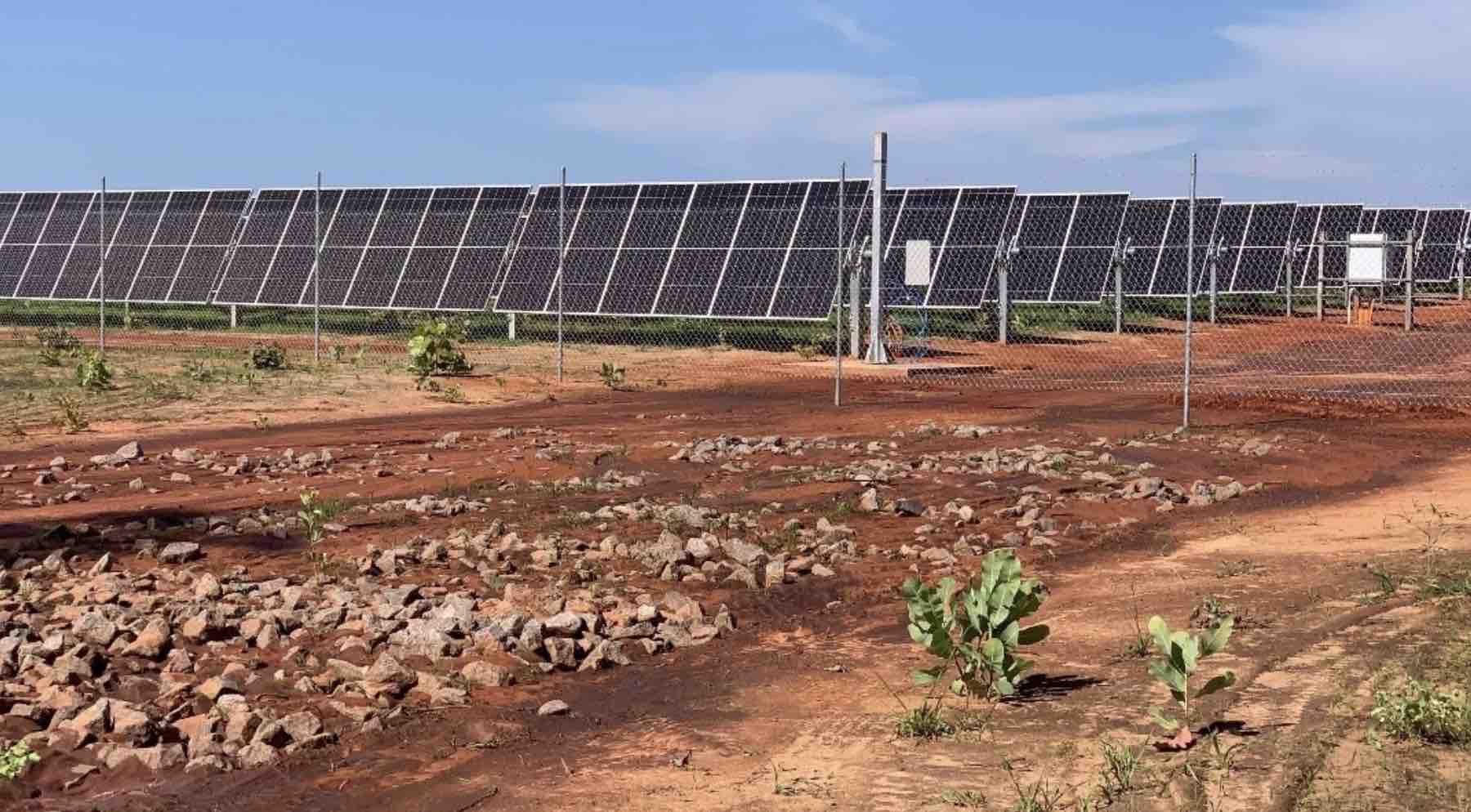The Northern Territory will likely continue its slow and conflicted march to renewables under a new government, after the Country Liberal Party’s decisive election win over Territory Labor on the weekend that saw chief minister Eva Lawler lose her seat.
The defeat of Labor is not necessarily a direct blow to renewables. In 2020, the CLP leader Lia Finocchiaro said her party was committed to Labor’s 50% renewable energy target by 2030 and net zero emissions by 2050, although this is not written into the party’s policy.
On the smaller scale, the CLP has promised to double the solar feed-in tariff at peak times – which we assume means in the early morning and late afternoon-early evenings – and to double the Territory’s battery bonus up to $12,000 for solar homes.
It is not clear what that means for the large scale solar farms – totalling around 50 MW – that have been built but not yet producing much because of market rules that they find impossible to meet. And we don’t know much about the CLP’s position on the world’s biggest solar project at Sun Cable – at least 10 GW.
On the other hand, the CLP victory is almost certainly good news for the NT fossil fuel industry, with the Australian Energy Producers saying as much in a media release on Monday.
And it is right to feel reassured. The CLP’s current policy plan claims that gas (a fossil fuel) from the Beetaloo is “cleaner than fossil fuels,” and can be used to transition to renewables and “create a new clean energy source.”
Indeed, gas was one of the few policy points embraced by the CLP’s Josh Burgoyne in his role as shadow energy minister.
“Territorians do not trust Labor to deliver the energy security they need for the future,” he said in a joint statement with Finnochiaro in April. “If it wasn’t for Labor’s failures, Territorians would be benefiting from onshore gas right now.”
To be fair, Labor appeared to be similarly confused about what defines clean energy.
As Renew Economy has reported, the Lawler government painted Middle Arm as a “sustainable” industrial development, but the project – with $1.5 billion in backed from the federal government – has been criticised by environmental groups for its support of fossil fuels.
The centre of the protests is on the role of Tamboran, the company behind the controversial Beetaloo Basin gas project in the Northern Territory, and its plans to use the Middle Arm precinct to build an LNG export terminal, by far the biggest venture.
The other projects include a green hydrogen project proposed by an offshoot of Total Eren, and two projects related to the battery industry – a planned LFB cathode manufacturing facility from Avenira, and a vanadium oxide production facility from Tivan.
On that score, Finnochiaro has said that while Labor might pander to “economic vandals” who oppose Middle Arm, her party will not.
“We will unashamedly pursue mining, a well-regulated gas industry, defence, tourism and agriculture. It is in these industries that our inherent wealth sits and our future depends,” she said before the election.
Still, a Senate inquiry this week issued a damning report questioning the integrity and climate impact of the planned Middle Arm development.
It ultimately recommended the proposed precinct – and federal subsidy – be redirected to support clean technology.
Independent senator David Pocock called for an investigation into the funding aspect, saying it was committed without evidence of clear value for money or a proper risk evaluation.
The inclusion of petrochemicals would turn Darwin into “Australia’s very own Cancer Alley”, he said.
Meanwhile, an unexpected positive to come out the NT election could be the show of voter support for the Greens, which look likely to win their first seat in the NT parliament in Fannie Bay, the seat of the former NT chief minister Michael Gunner.
With some reporting from AAP



